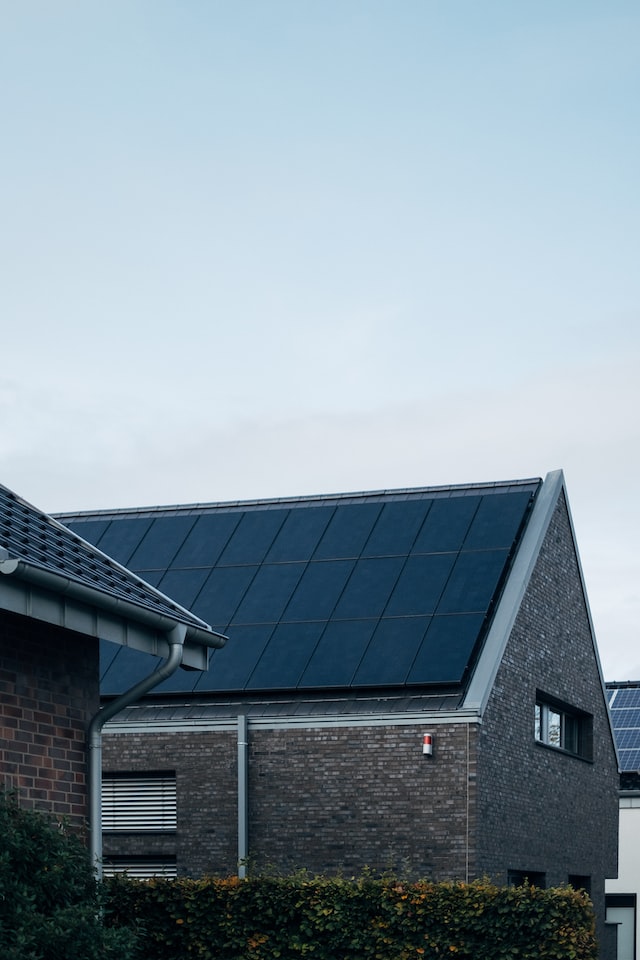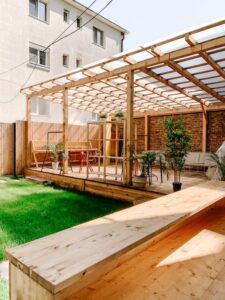
All the Stats and Data You’ll Ever Need to Know About Solar Installers
Solar energy is a clean, renewable source of energy that is becoming more affordable and more popular than ever. As a result, the industry is growing at a rapid pace and creates more jobs than all other sectors put together. It also contributes to the economy, providing nearly 250,000 jobs for American citizens – 167% more than it did a decade ago.
Solar energy is a Fast-Growing Source of Clean, Renewable Energy
Solar energy is one of the fastest-growing sources of energy. In the last decade, its use grew by 68%, according to the Solar Energy Industries Association, a trade group. It now accounts for more power than all other renewable energy combined and is projected to grow even faster.
Solar cells, also known as photovoltaics, convert sunlight directly into electricity. They are used in everything from calculators to solar panels for houses. The technology was first developed in 1954 at the Bell Telephone Laboratories in the U.S., and it is the fastest-growing source of electricity in the world. By 2020, it is expected to add 139 gigawatts of capacity to the world’s power grid.
Despite its rapid growth, solar energy still has a long way to go before it is fully utilized as a source of clean energy in the United States. While hardware costs have fallen dramatically, market barriers and grid integration challenges still prevent broader deployment. In addition, non-hardware solar “soft costs,” including financing and permitting, are rising significantly and can account for nearly half of the cost of a residential PV system. As a result, innovative market solutions are needed to drive down costs, increase solar power’s efficiency, and help utilities rely on it as a baseload power source.
More Affordable than it was a Decade Ago
The cost of consumer goods is much more affordable than a decade ago. However, the cost of housing has risen by 4.5 percent since the recession hit in 2008. As a result, rent and homeownership are much more expensive, putting even lower-income families at risk. Low-income households now spend 5.5 percent more on housing than in 1984.
Growing Industry
Regarding residential solar, statistics show that the market for these installations continues to grow rapidly. It is projected to reach record levels by 2022. Rising electricity bills and the threat of blackouts, coupled with low financing costs, have created a strong demand for solar energy. However, one case pending in California could impede the growth of this market.
The cost of solar installations has dropped considerably in the past decade. For example, the cost of a residential system dropped from more than $40,000 in 2010 to under $2000 today. Since then, the solar industry has expanded into new markets and deployed thousands of systems nationwide. As a result, the average cost per watt has dropped from more than $8 to $1.65/watt, making solar electricity a more affordable alternative to other generation forms.
Creates More Jobs than Other Sectors Combined
Solar installers create more jobs than any other industry, check on solar installers near me and the number is growing. The number of jobs is expected to double by 2029, outpacing job growth in every other sector combined. This growth is because PV panels and shingles are getting cheaper, and more residential buildings are asking for them. In addition, many states are offering solar installation incentives, creating a need for solar installers.
The solar industry supports more than 242,000 jobs in the United States, according to a report by the Solar Foundation. It is a nonprofit, nonpartisan organization that promotes solar technologies worldwide. The Solar Foundation published a report last year that found that more than 242,000 people are employed in the solar industry in the U.S., while nearly 190,000 work in power plants.
Increases the Resale Value of Homes
In recent years, solar installations have been found to increase the resale value of homes. According to the National Renewable Energy Laboratory, every dollar saved on utility bills translates to about $20 in increased value. That increase can vary, though, depending on the solar system’s size and the home’s location.
A study conducted by Zillow Research showed that a solar-powered home sold for 4.1% higher than a comparable one that didn’t have solar panels. This translates into a $9,274 increase in median price. The solar panels pay for themselves over time, making solar installations, like those available through companies like https://solarbypeaktopeak.com/colorado-solar-installers/, a great investment.
Home values also rose in regions where solar was installed. For example, in New Jersey, a PV system added almost 10% to the value of a home. In large metro areas, the premium is much higher. In addition, solar-powered homes are more desirable to potential buyers, particularly in states with higher energy costs. In addition to income and savings, PV systems may also qualify for utility production credits.


















